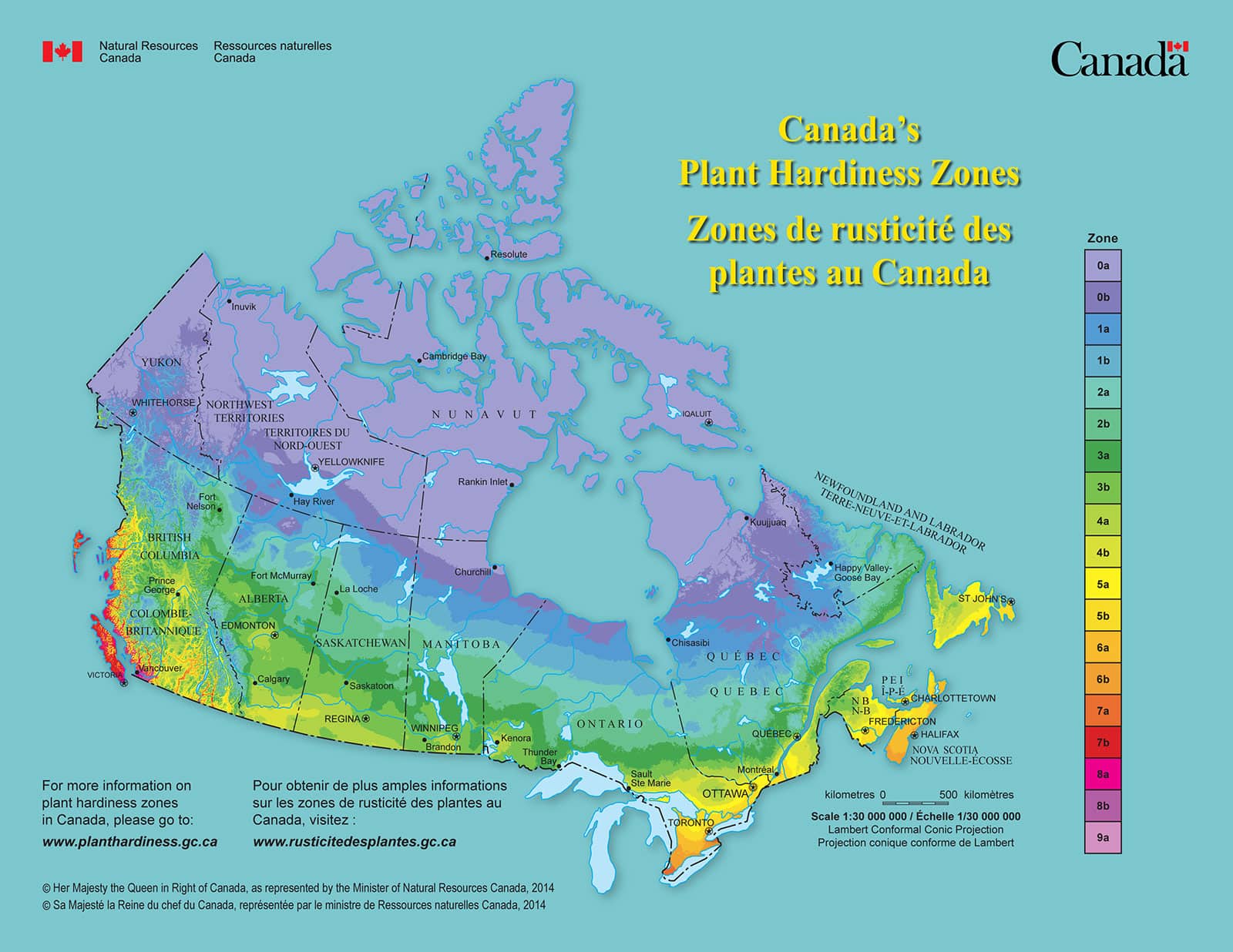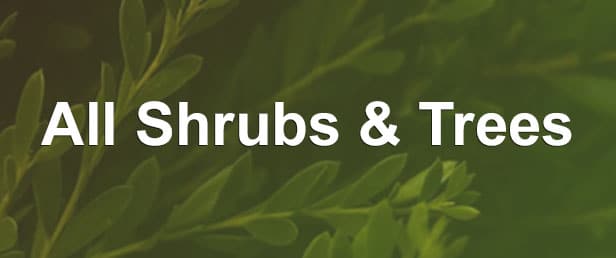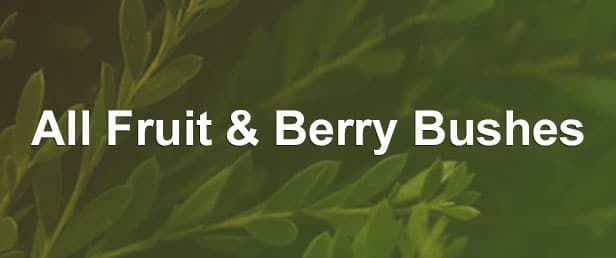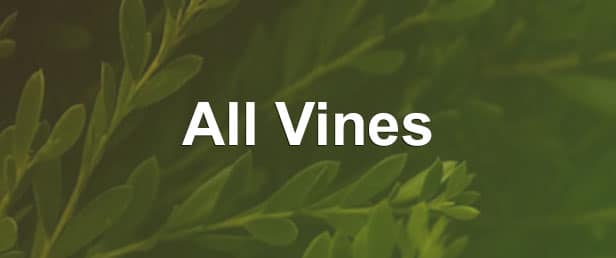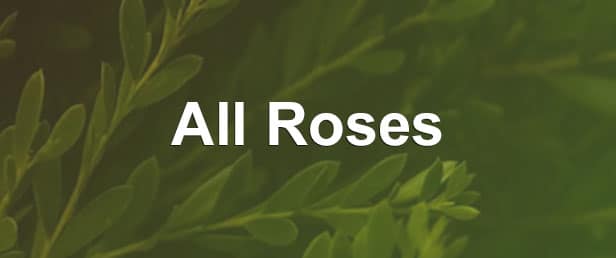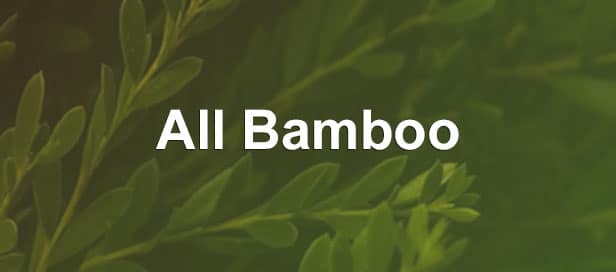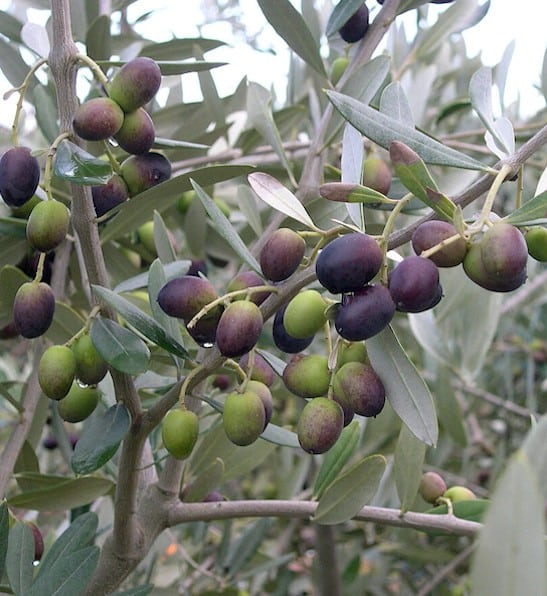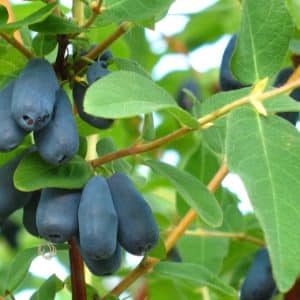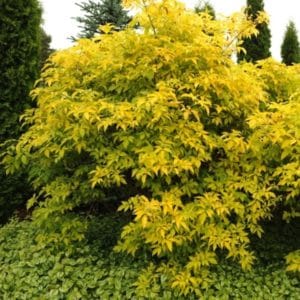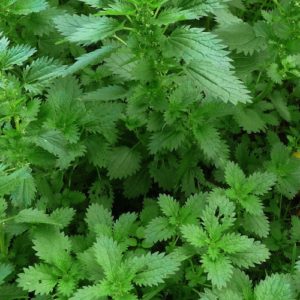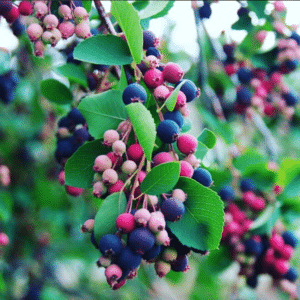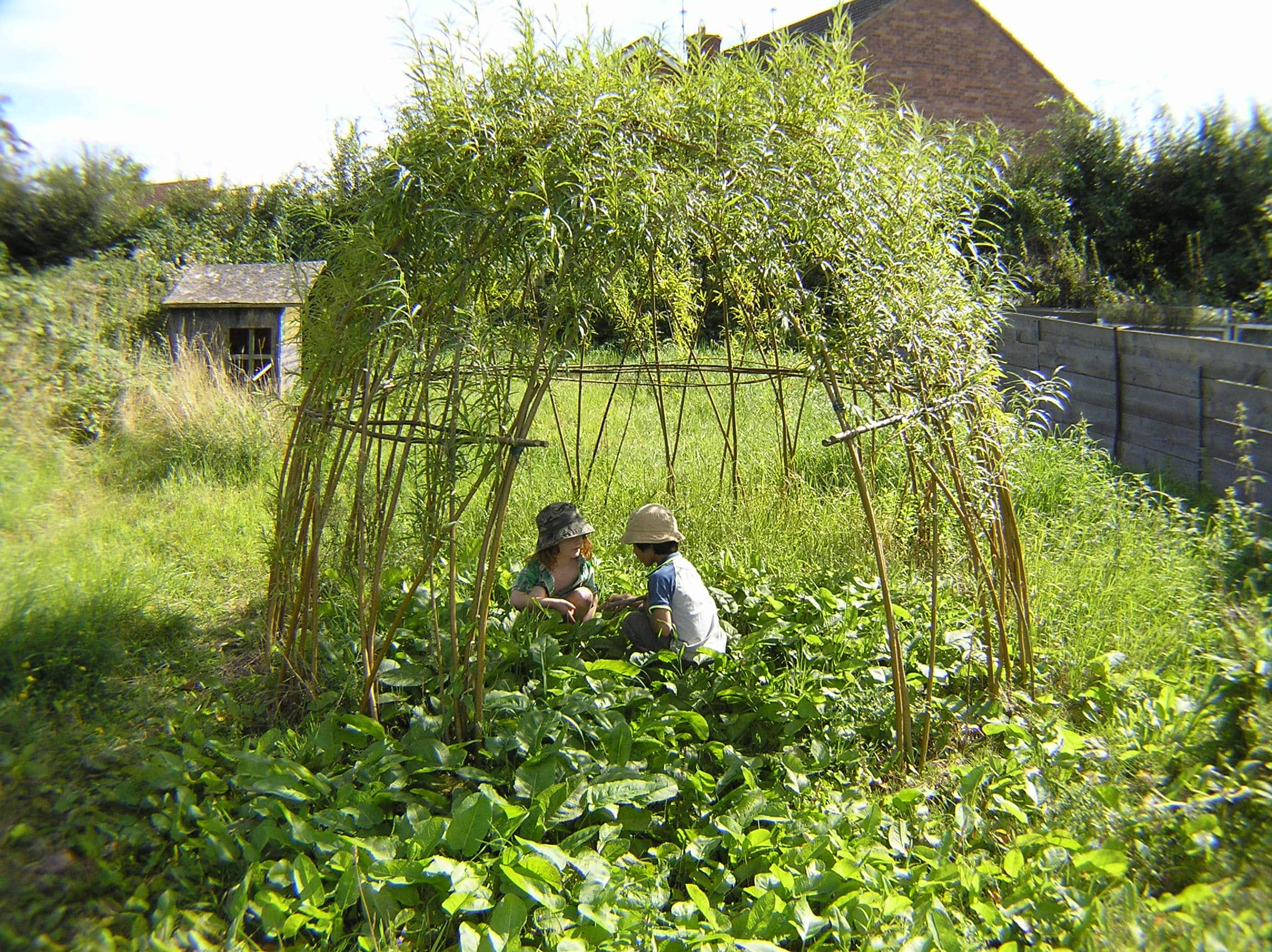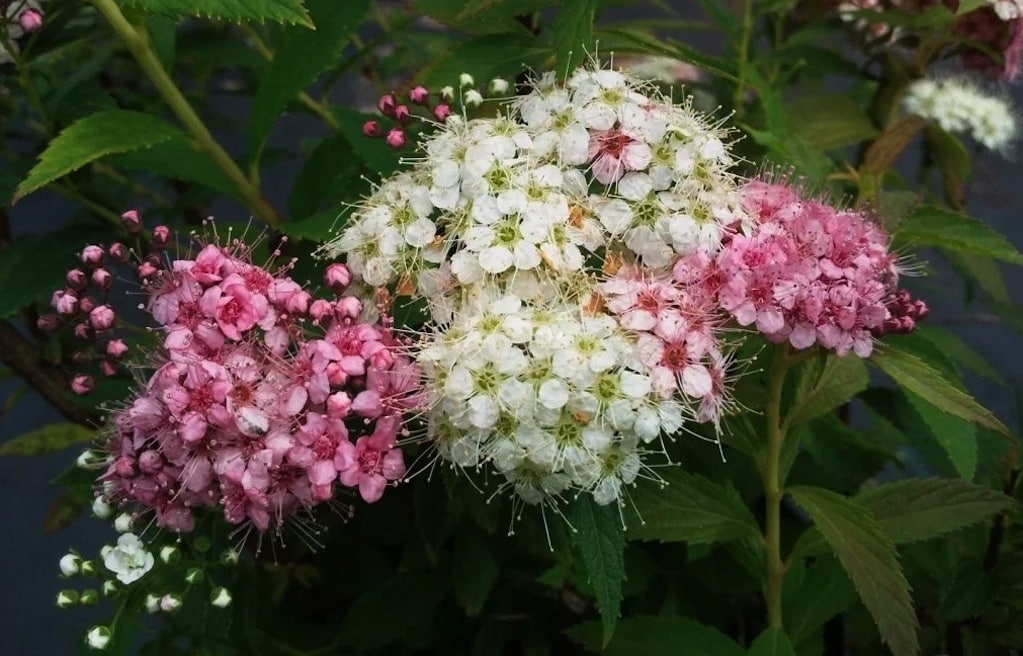Olea europaea 'Chemlali' (self-fertile)
Chemlali Olive Tree, Self-fertile Olive Tree
- Main interest:
- tunisian olive, dark fruit, rich nutty flavor, vigorous growth
- Exposure:
- full sun
- Soil humidity:
- dry to moist soil; well drained
- Flower colour:
- white
- Fragrance:
- Non-fragrant
- Flowering period:
- May to June
- Foliage:
- green and silver
- USDA Hardiness:
- zone 8b: -10 °C (14 °F) View Zone Map
- Mature height & width (max.):
- height: 10 ft (3 m) width: 6 ft (1.8 m)
- Use:
- container, specimen, orchard, fruit production
Olea europaea 'Chemlali' is a Self-fertile Olive Tree. It does not require a pollinator variety. However, planting other compatible varieties nearby could improve cross-pollination and so, the number and the size of the fruits. This vigorous olive tree begins to bear fruits on fairly young plants (3 to 4 years old). Fruits can be harvested from September to November.
Similar to Leccino Olive, the fruit is dark, slightly smaller but full of rich nutty flavor with a hint of fruit sweetness.
Tunisia’s most common olive variety, 'Chemlali' makes for a light, delicate and earthy oil. Perfect for baking, in salad dressings or seafood dishes.
Olive Trees are moderately hardy (zone 8 or -10°C). It is recommended to grow them in containers in order to leave them outdoors in full sun during the warm season and bring them back indoors during the coldest months. In order to increase fruit production, Chemlali Olive Tree requires 200 chill hours (or 200 hours with temperature below 10°C).
$24.99
- Main interest:
- tunisian olive, dark fruit, rich nutty flavor, vigorous growth
- Exposure:
- full sun
- Soil humidity:
- dry to moist soil; well drained
- Flower colour:
- white
- Fragrance:
- Non-fragrant
- Flowering period:
- May to June
- Foliage:
- green and silver
- USDA Hardiness:
- zone 8b: -10 °C (14 °F) View Zone Map
- Mature height & width (max.):
- height: 10 ft (3 m) width: 6 ft (1.8 m)
- Use:
- container, specimen, orchard, fruit production
Synonym(s): Olea europaea 'Chemlali de Sfax'
Also known as: Self-pollinating Olive Tree, Self-fruitful Olive Tree, Tunisian Olive Tree


